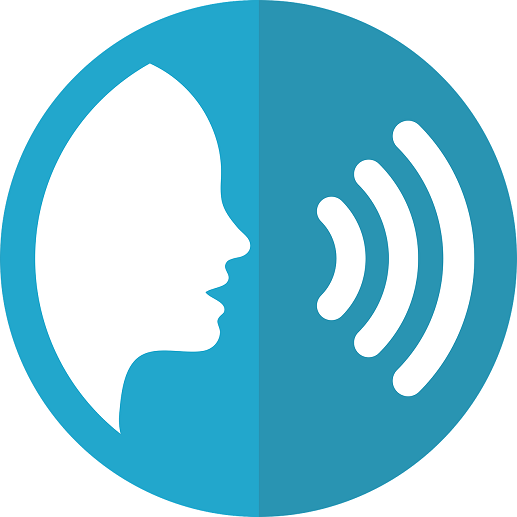Blog
Standard Voices vs. Neural Voices - Which should I Choose? | Escadata TTS

Standard Voices vs. Neural Voices - Which should I Choose? | Escadata TTS
Escadata / October 14, 2022
The human voice is one of the most unique and recognizable features of our species. No two voices are exactly alike, and even identical twins have slight variations in their vocal patterns. Our voices are so distinctive that they can be used to identify us, even when we are trying to disguise them.
One of the major differences between standard and neural voices is the way they are produced. Standard voices are produced by the vocal cords, which are two bands of muscle tissue located in the larynx, or voice box. The vocal cords vibrate when air from the lungs is forced through them, and the pitch of the voice is determined by the tension of the vocal cords.
Neural voices, on the other hand, are produced by a computer-generated simulation of the vocal cords. This simulation is based on a detailed analysis of the vocal cords and the way they vibrate. By generating a realistic simulation of the vocal cords, neural voices can reproduce the unique characteristics of an individual voice.
Another difference between standard and neural voices is the way they are processed. Standard voices are typically processed by a text-to-speech (TTS) system, which converts written text into spoken words. TTS systems use a limited number of pre-recorded words and phrases to generate speech, and they are not able to reproduce the nuance and inflection of a natural human voice.
Neural voices, on the other hand, are processed by a neural network, which is a computer system that learns from data. By analyzing a large corpus of speech, the neural network can learn to generate new words and sentences that sound natural and realistic. This allows neural voices to reproduce the subtle differences in intonation and pronunciation that make up an individual voice.
One of the major advantages of neural voices is that they can be used to generate speech in any language. TTS systems are limited to the languages for which they have been specifically designed, but neural voices can be used to generate speech in any language. This makes neural voices an ideal solution for applications that need to generate speech in multiple languages.
Neural voices also have the advantage of being able to generate a wider range of emotions than standard voices. TTS systems are typically designed to generate neutral or positive emotions, but neural voices can be trained to generate a wider range of emotions, including happiness, sadness, anger, and fear. This allows neural voices to be used in a wider range of applications, including emotion recognition and sentiment analysis.
The major disadvantages of neural voices are their cost and the fact that they require a large amount of training data. Neural voices are typically more expensive than TTS systems, and they require a large dataset of speech in order to accurately reproduce an individual voice.
While neural voices have some major advantages over standard voices, they are not suitable for all applications. Standard voices are typically more than adequate for applications that only need to generate neutral or positive emotions, and they are also more affordable. For applications that require the generation of speech in multiple languages or the reproduction of a wider range of emotions, neural voices are the more appropriate choice.